Israeli Krav-Maga - An effective means of Self-Defense requiring constant improvement
- Gil Peleg

- Jan 22, 2022
- 12 min read
Updated: Jul 22, 2022
Is Wrestling an integral part of Krav-Maga? Is Wrestling the Achilles Heel of Israeli Krav-Maga? Is it worth considering that most fights end on the ground? Why do Krav-Maga clubs around the world include wrestling, Brazilian Jiu-Jitsu, and Judo in their curriculum? Are only standing fight tactics correct without Wrestling in the 21st century? What is the clinch technique? What is the throwing technique in Wrestling and in other close fight disciplines? What are on-the-ground submission techniques? Is Israeli Krav-Maga behind Russian Sambo? What do they wear in Krav-Maga? What does the training equipment of the Krav-Maga trainer include? How important is personal protective equipment when practicing Krav-Maga? With what equipment is it recommended to practice Krav-Maga at home? How important is cardiopulmonary endurance in Krav-Maga workouts?
Is Wrestling an integral part of Krav-Maga?
Wrestling is hand-to-hand combat and the term is commonly used in mixed martial arts and others. The purpose of the article is to bring to the attention of a wide audience of Krav-Maga a set of Wrestling techniques used by ground fighters in general and in particular to understand where the Israeli Krav- Maga stands in the face of these combat vision tactics. Whereas ground fighting is the main specialty of Brazilian Jiu-Jitsu and reveals itself in various doses in Wrestling, Judo, Sambo, Kung Fu, and others ... Unlike competitive sports such as Russian combat Sambo, clinch or ground fighting between two opponents is a form of martial arts in which everything is allowed: Biting, Choking, Eye gouging, Articular submission techniques, Point techniques, Various strikes, Knife strikes, Use of a stick, Firearms and much more ... One of the reasons That Krav-Maga experts against ground combat are that if a fighter gets into the ground, he has already lost the battle. So what does that mean? The Israeli police, for example, believe that ground combat is dangerous for a police officer, since while in this position there may be other suspects nearby, and they can take advantage of the situation when the policeman is lying and fighting/detaining a suspect.
That is, a situation is created in which even elementary things for self-defense while lying down are simply not taught. As a result, a legitimate question arises, in the era of the 21st century, when martial arts clubs are integrating, and teaching ground techniques and submission of an opponent at this level is it not a mistake to ignore these facts ... and as a result not teach Fighting techniques on the ground? According to Mark Fesler (6th Dan in Israeli Krav-Maga), "Ground technique of the fight should be an integral part of the Krav-Maga training program." It is possible that the security forces have a time limit to teach basic and advanced Krav-Maga courses. But what happens to the Israeli civilian schools, which are supposed to bring innovation, progress, and continuous improvement to the Israeli Krav-Maga school? These words are taken from a competitive world where there is no mercy for the weak. Everything that is not constantly improved ceases to exist at a certain stage, according to the "Theory of Life Cycles in Nature", when the stages are clear: Birth, Maturation, Maturity, and Death. So in what stage of the life cycle is Israeli Krav-Maga? I leave it to the reader to answer this question.
Is Wrestling the Achilles Heel of Israeli Krav-Maga?
Traditionally, ground fighting has been neglected in Israeli Krav-Maga, despite ground fighting is an essential aspect of self-defense in the 2000s era. From traditional martial arts to integrated martial arts. According to the tactics of fighting on the ground, the upper position of the enemy is better than the lower one. The reason is that a fighter in the top position can take advantage of the distance and freedom of movement needed to strike effectively against a prone opponent. That is, the warrior from below is limited by the floor and the warrior above him. Another factor is gravity, which favors the top-down warrior. These strikes can decide the outcome of a fight in a matter of seconds. That is, in terms of efficiency and professionalism, the opponent from the top takes a leading position in a particular confrontation. In this type of wrestling, strikes with elbows, heads, knees, and fists are common.
Is it worth considering that most fights end on the ground?
Hand-to-hand street fight, usually consisting in holding or capturing the opponent while standing, as a result of the struggle, i.e. in a fight at close range in order to gain a physical advantage over the opponent, by throwing him to the ground and, as a result, subduing him in any possible way on earth. Wrestling techniques cover many disciplines. These various fighting techniques can be practiced both in combat sports and for self-defense in street fights or in real zero-range combat. There are a number of styles and martial arts that are particularly well known for their wrestling techniques (Russian Sambo) which teach tactics and also include attacks and weapons in standing and ground combinations.
Why do Krav-Maga clubs around the world include wrestling, Brazilian Jiu-Jitsu, and Judo in their curriculum?
So their answer is simple
Can there be a fight on the ground - with knives?; Is it possible that the Fighter injured his leg in combat and must defend himself lying down?; Most battles in the 21st-century era end on the ground. That is, today it is not enough to say - that I am a good specialist in punches, kicks, elbows, and knees, also including types - of grips in standing position, joint locks (Krav-Maga), etc... According to Mark Fesler (6th Dan in Israeli Krav-Maga), "We live in a world where other martial arts are developing, and we must adapt to the requirements of innovation and progress in the modern world in general, as well as in martial arts and sports in particular". Added: "Thanks to the developed media, advertising, and mass media, we keep our finger on the pulse and must combine all effective ground techniques." It is necessary to develop additional and effective means of close combat in the stance and on the ground. Below is a brief overview of zero-distance techniques in standing and lying positions:
Standing: Clinch, Throws, Standing Submissions, etc...
Ground: Submissions on the ground, Chokes, Controls, Grabs of legs and arms of the opponent, etc...
With any of the above techniques, you can combine punches, elbows, and knees, as is customary in mixed martial arts or in Russian combat Sambo. Another problem is the use of cold or hot weapons while ground fight, which immediately raises the question, how to defend against this with the help of Israeli Krav-Maga? Is it correct in the era of the 21st century to teach only standing combat tactics? To answer this question, we will look at close combat (zero distance combat) control techniques that are known and exist in mixed martial arts, whether standing or on the ground. According to Mark Fesler (6th Dan in Israeli Krav-Maga), "Be sure to consider ground fighting techniques" and added: "Be sure to know how to deal with the threats that are expected in combat on the ground", so that they do not become fatal. "So, let's start:
What is the clinch technique?
Clinch Technique: This occurs when both contestants or fighters are on their feet using different holds (zero distance fighting) applied to the opponent's upper body. During the clinch, the position of the warrior's hands is extremely important. That is, the goal is to keep the elbows together and build a tighter grip. Clinch work is usually used to defend against throws, or as a platform for throwing an opponent to the ground in order to continue the submission hold in a preferred position. Whereas during the clinch are usually used knees, elbows, and fists. The clinch is used in full-contact sports such as Russian Combat Sambo, Muay Thai, Judo, and Mixed Martial Arts. The nature of the fight in the clinch depends on the rules used in the various sports. For that matter, Thai boxing places a lot of emphasis on clinches and judo on throws. Whereas in Russian Sambo you can combine punches and throws similarly to Mixed Martial Arts.
What is the throwing technique in Wrestling and in other close fight disciplines?
The meaning of the throw, in wrestling and other related disciplines, is to transfer the opponent from a standing position to a prone position. Whereas the throwing technique is designed to allow the fighter to unbalance the opponent and forcefully maneuver them to the ground. On the ground, the rules of fighting differ, and even a relatively small but experienced person can defeat a large and physically strong opponent who is unfamiliar with on-the-ground fighting techniques.
What are on-the-ground submission techniques?
There are usually two types of submission techniques: those designed to choke the opponent on the ground; And those that are designed to cause injury through joint locks. In a sports confrontation, the contestant is more likely to give in up verbally or tap on the opponent and admit defeat, when he will be caught on a submission drill and unable to avoid it. Participants who refuse to surrender risk losing consciousness or serious injury. Note: in the struggle for life, one cannot give up! Rather, it is necessary to familiarize yourself with techniques that allow you to get out of various kinds of joint locks and suffocations or not bring them to them by preventive actions lying down. A properly applied chokehold will prevent blood flow to the brain and result in unconsciousness within about 4 to 10 seconds. If the exercise is continued, it is dangerous for the opponent's life. Joint locks are not the preferred method of attacking an enemy, as they do not completely incapacitate an opponent. Joint locks cause great pain and can secure obedience from the enemy. This makes them particularly useful in controlling opponents during crowd control activities or when someone is clearly threatening. Complete blockage of the joint can result in a fracture with more force than is required to subdue the opponent. According to Mark Fesler (6th Dan in Israeli Krav-Maga), "It must be taken into account that most battles end on the ground".
Is Israeli Krav-Maga behind Russian Sambo?
To answer this question, let's return to the question raised in previous articles such as What are Krav-Maga and Russian Sambo? and for what are they originally intended for? So, let's begin:
Israeli Krav-Maga is a set of effective movements and techniques from all existing martial arts. Even before the establishment of the State of Israel, the Jewish fighters had to undergo a training course in effective combat, against a larger and more powerful enemy. There was no time to spend years learning complex combat techniques. The purpose of the Israeli method was to be easy to learn on the one hand and deadly on the other.
Sambo combines Japanese Ju-jitsu with Wrestling and Boxing techniques and the goal is to find a solution to an extreme scenario in the style of fighting without rules on the street or in the war. Sambo is constantly undergoing evolutionary processes, including thousands of effective techniques and exercises in its arsenal. The basis of Sambo's technical arsenal is a complex of the most effective methods of defense and attack, selected from many different types of martial arts in the world.
So let's compare two popular self-defense methods in the world:
The purpose of the two methods is almost the same - to be a means of self-defense and attack, combining known and effective techniques in the world (in unlimited quantities).
Russian sambo continued to develop over time, state and international competitions are held using this method, and it was also divided into two: combat and sport Sambo. Whereas Sambo combines all the known techniques of Krav-Maga, including protection against hot and cold weapons.
In Krav-Maga, there are almost no ground techniques relative to Sambo, according to Mark Fesler (6th Dan in Israeli Krav-Maga), "Israeli Krav-Maga lags far behind the Russian combat Sambo in the ground techniques area".
There are no competitions in Krav-Maga, although the method is intended for the same purposes as Sambo. That is to be an effective tool in self-defense and attack. According to Mark Fesler (6th Dan in Israeli Krav-Maga), "It's a must to have scenario competitions to see what exercises really work," he added, "It good to see what's going on in other clubs."
Hence the obvious question, why don't we develop Krav-Maga to the level of Sambo, and maybe even higher? Friends and supporters of Israeli Krav-Maga are answering this question around the world through the distribution of videos that include attempts to combine Israeli Krav-Maga with various types of martial arts. Whereas in most of them quite successful attempts of these combinations. They also try to make scenario competitions that are designed to strengthen and hone instinctive movements, introduce new effective techniques, and test through competitions what really works and what doesn’t.
What do they wear in Krav-Maga?
According to the history of the formation of the Combat System, it was intended for the security forces of the State of Israel, so formal clothes were uniform (military uniform). Although there are schools that teach in black Ninjutsu-Style pants and a black T-shirt, it is usually necessary to wear Martial arts shoes as well. Important note! Women’s and men's equipment in this method are absolutely identical. The following is a recommended list of clothing when training Krav Maga:
What does the training equipment of the Krav-Maga trainer include?
Following the history of the method, great importance is attached to the formation of functional muscles. On the one hand, it is necessary to work on speed and agility in movement, and on the other hand, to develop muscles to increase strength and power. To succeed in this task: Need to work with small weights, many reps in each set; Also combine with strength training, it is advisable to consult with a trainer so as not to damage the muscle ligaments; It is recommended to work with a wrist expander and rubber for dynamic loading; With heavy training rope; a lot of reps on a heavy and light boxing bag; With a punching bag, etc ... It is imperative to practice throwing, choking, blocking, kicking and punching. Punches and knees on the trainer's abdomen may only be performed with suitable and safe belly protectors! In the tactical training of Krav-Maga, rubbery equipment is used like knives, padded sticks, etc... One needs to use equipment that has passed strict safety tests. When signing up for a club, check if their gym floor is well protected and if there is a suitable protective pad against falls, throws, etc. Below is a list of the recommended trainer equipment when teaching Krav-Maga:
How important is personal protective equipment when practicing Krav-Maga?
Good schools understand the importance of protective equipment when teaching martial arts in general and in combat in particular. Demonstrations and battles are not allowed without appropriate protective equipment! These are usually inexpensive shields compared to the physical damage they prevent. Also, there is no insurance without protective equipment! When striking a punching bag, be it a jab, cross, hook, or uppercut, boxing gloves should be used. It is recommended for full contact to use a body protector that maintains the integrity of the ribs. Also, shields for the head, teeth, groin, and legs are recommended.
It is very important to practice Krav-Maga using rubber training knives and even more important during training to wear appropriate protective equipment: such as glasses designed to protect the eyes; a body protector; a Head guard against receiving an unwanted blow. The following is a list of recommended equipment for knife defense studies in Israeli Krav-Maga:
With what equipment is it recommended to practice Krav-Maga at home?
To learn Krav-Maga, one needs to practice the same thing, many times over. This is not a theoretical area compared to other martial arts where one can learn from a trainer by watching directly through a computer. So practice and interaction are of the utmost importance. Although, it is worth it and even recommended to work at home on punches and kicks, strength training, etc. For this purpose, it is possible to purchase minimal personal equipment that does not take up much space at home. Prepares physically for classes in the section. It also improves the following parameters: Strength, flexibility, cardiopulmonary endurance, and more.
Using a yoga mat, abdominal muscles can be improved; Training weights are to improve muscle strength; Using an adjustable strength bench can strengthen chest muscles by lifting weights; A free-standing punching bag is a perfect solution for punching and kicking improvement at home ... Below is a list of recommended equipment for home exercise:
Home training is recommended to be performed under the supervision of a certified trainer. It is recommended to avoid exercising alone at home!
How important is cardiopulmonary endurance in Krav-Maga workouts?
First of all, this is health, and secondly, in a battle that does not end in a short time, the one who has cardiopulmonary endurance wins. To improve cardiopulmonary endurance, it is recommended to take brisk walks, combined with running, to increase and decrease the pace. These runs can be done outdoors, on the coast, on a Treadmill, or on a Home spinning bike. Recommended: Wear suitable shoes while running, and document and monitor your calorie burn and heart rate with your Smartwatch. Also, with the help of this it is very easy to see improvements in cardiopulmonary endurance, In fact, all your actions are recorded using a computer, and there is a training history. The following is a list of recommended personal equipment for home workouts, for developing cardiopulmonary endurance, and for monitoring and controlling progress:
Home training is recommended to be performed under the supervision of a certified trainer. It is recommended to avoid exercising alone at home!
Conclusion of Commitment to Continuous Improvement of Krav-Maga
This article raised a number of important questions regarding the future of Krav-Maga, which discussed the commitment to improve ground fighting techniques; On the need to conduct scenario competitions and competitions in sparring; Competitions can be borrowed from Combat Sambo; We have tried to answer the question of whether Wrestling is an integral part of the era of the 21st century; A comparison was made of Krav-Maga and Sambo, the origins of them, and where each of them is today in terms of the constant development and improvement of the method; We looked at close combat techniques to understand where Krav-Maga is in relation to them.
Article by Gil Peleg.
Professional consultant in the field of Krav-Maga, Mark Fesler.
Dear friends, I invite you to read more about applicable Self-Defense in our Group below:
Dear friends, SUBSCRIBE to the Fitness Warriors Club's blogs page, and be the first to read new articles on the issues of Self-Defense:
Amazon's affiliate program - Fitness Warriors Club is participating in Amazon's affiliate program through the Website & through professional blogs where there are links to products marketed on Amazon. If you buy through links on this page, we may earn a small commission.








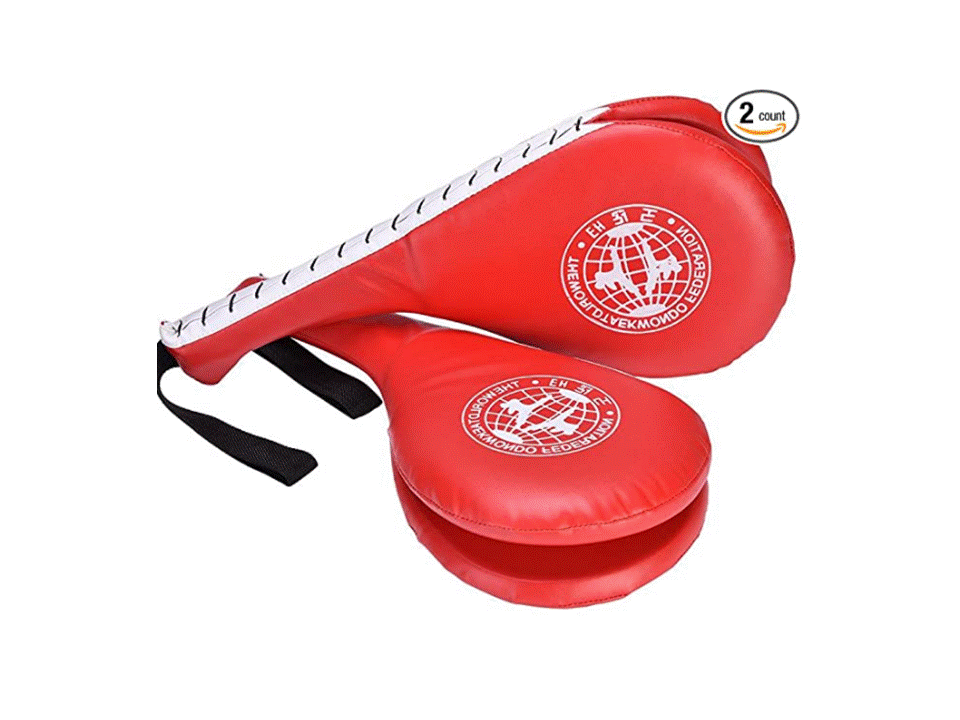


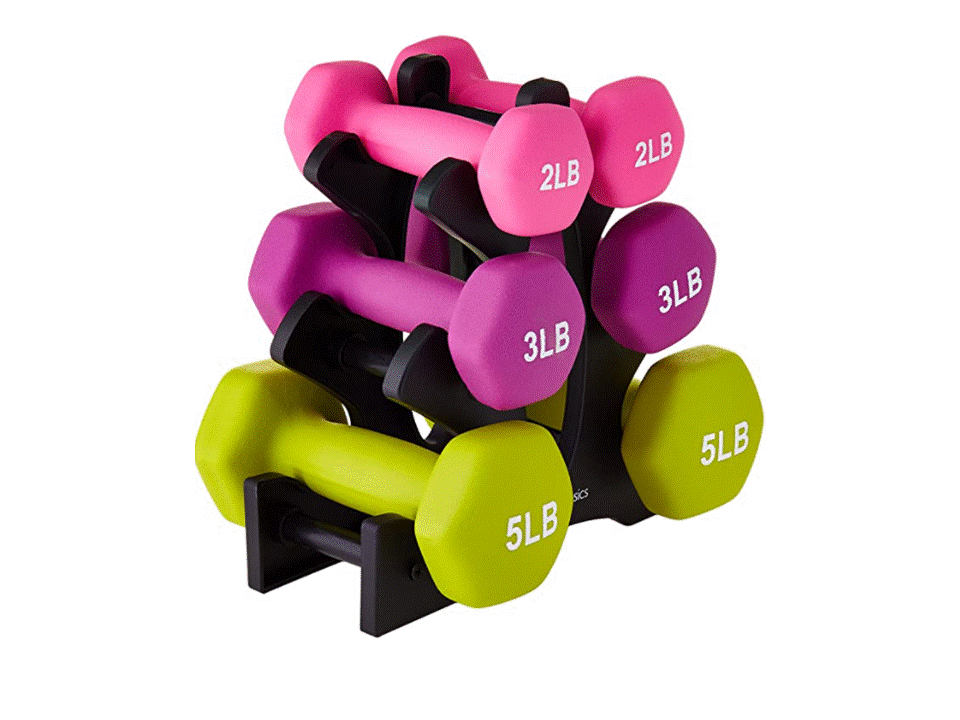
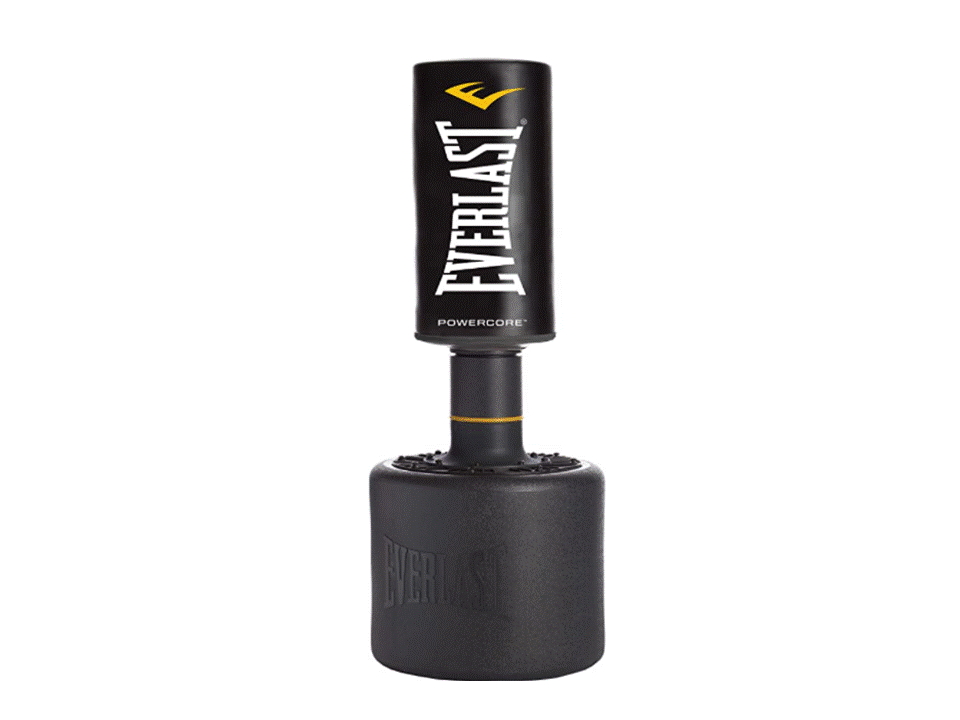
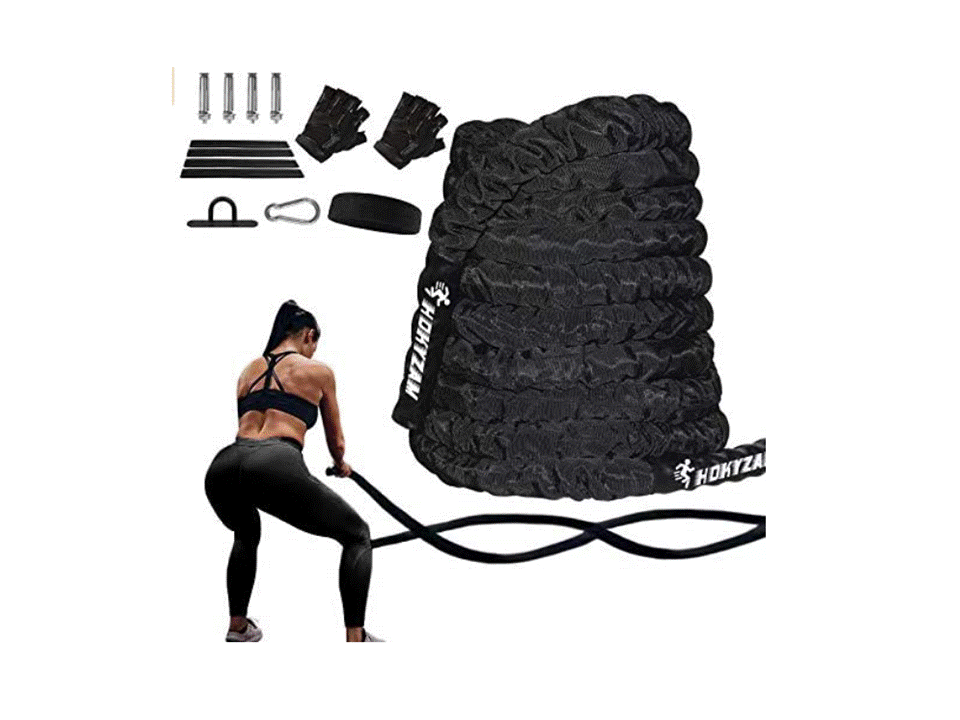












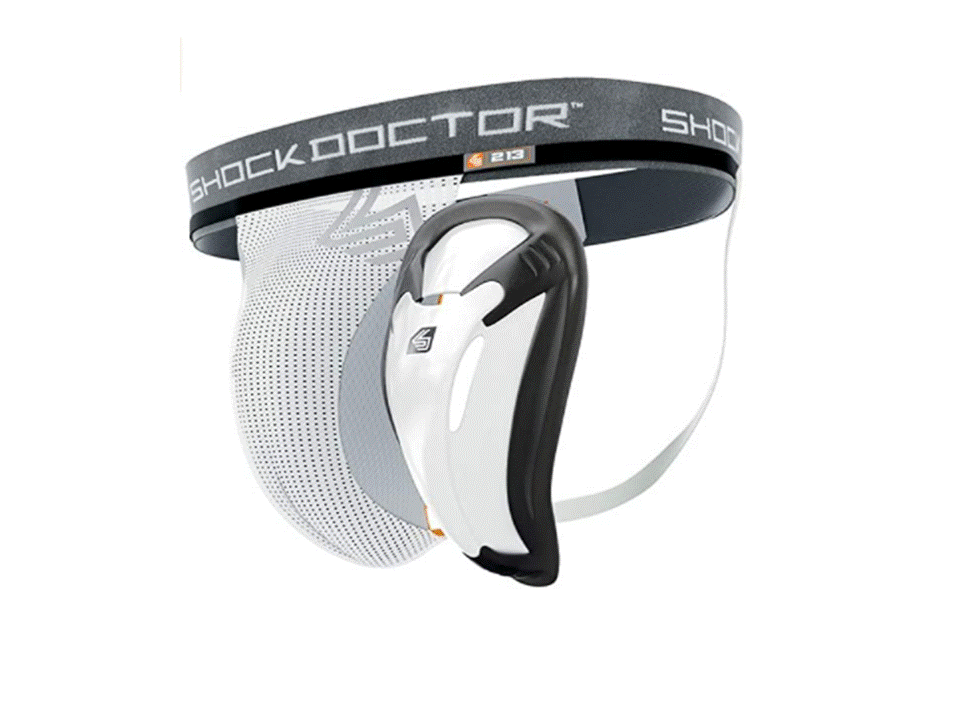
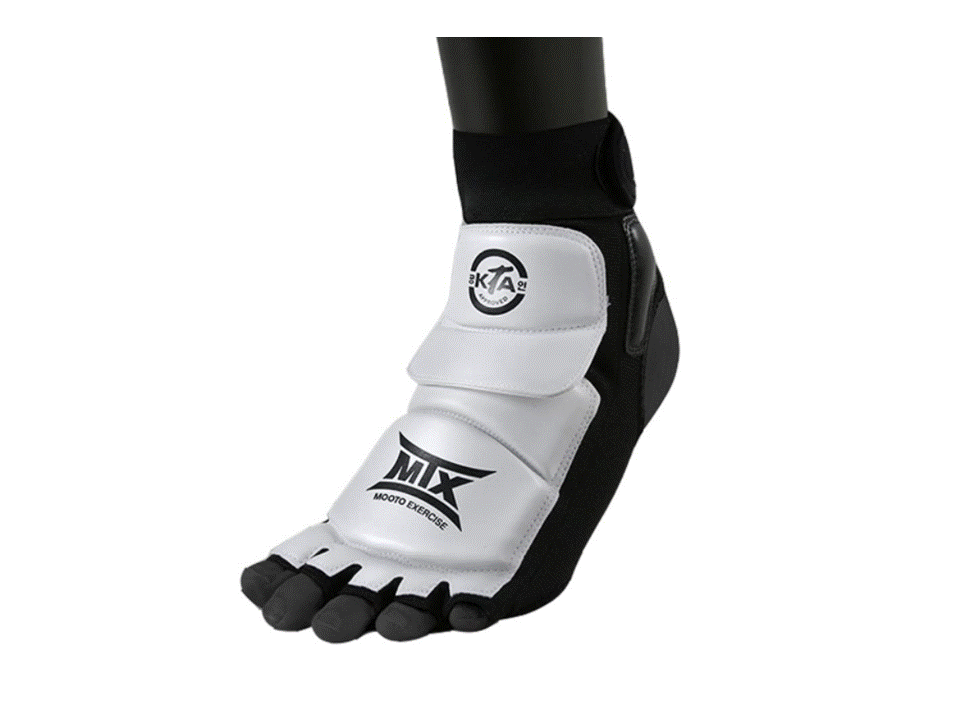
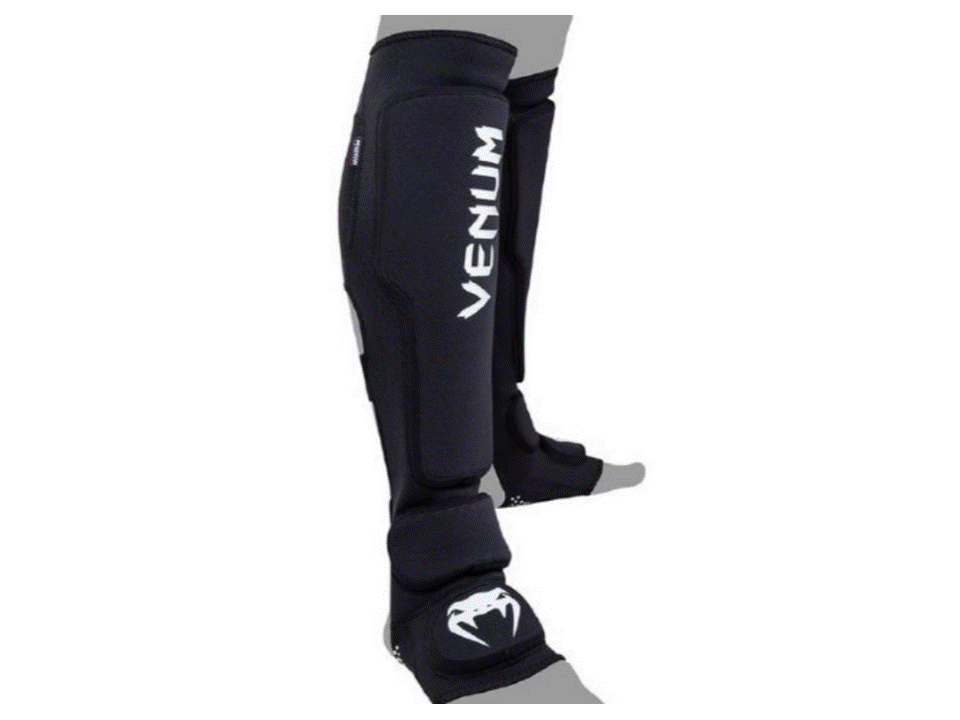
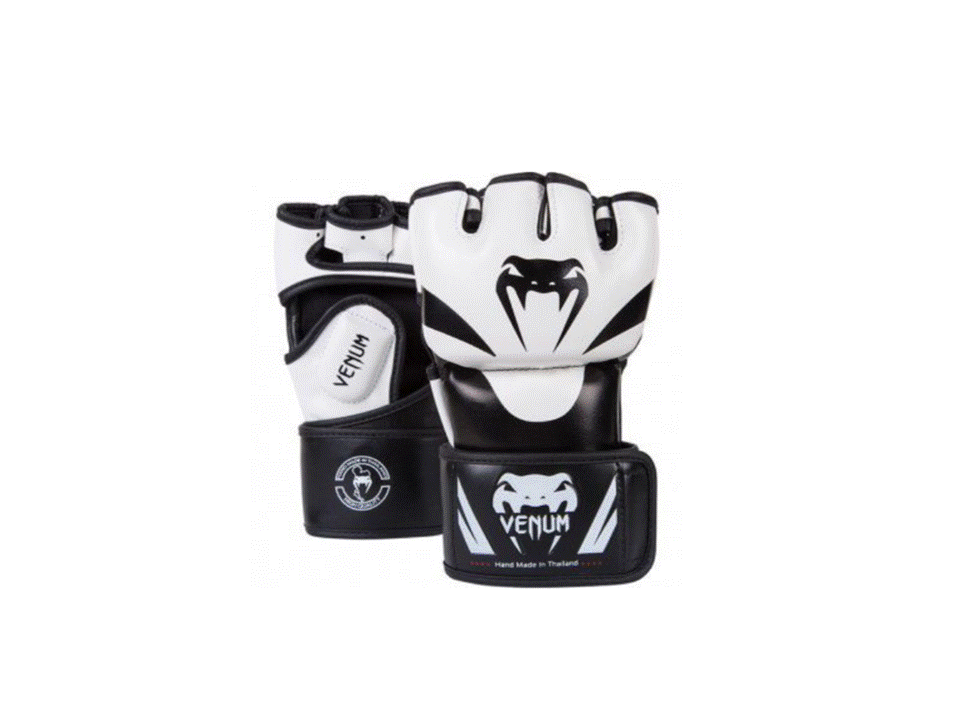

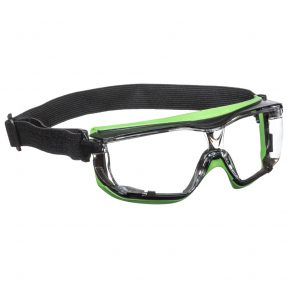










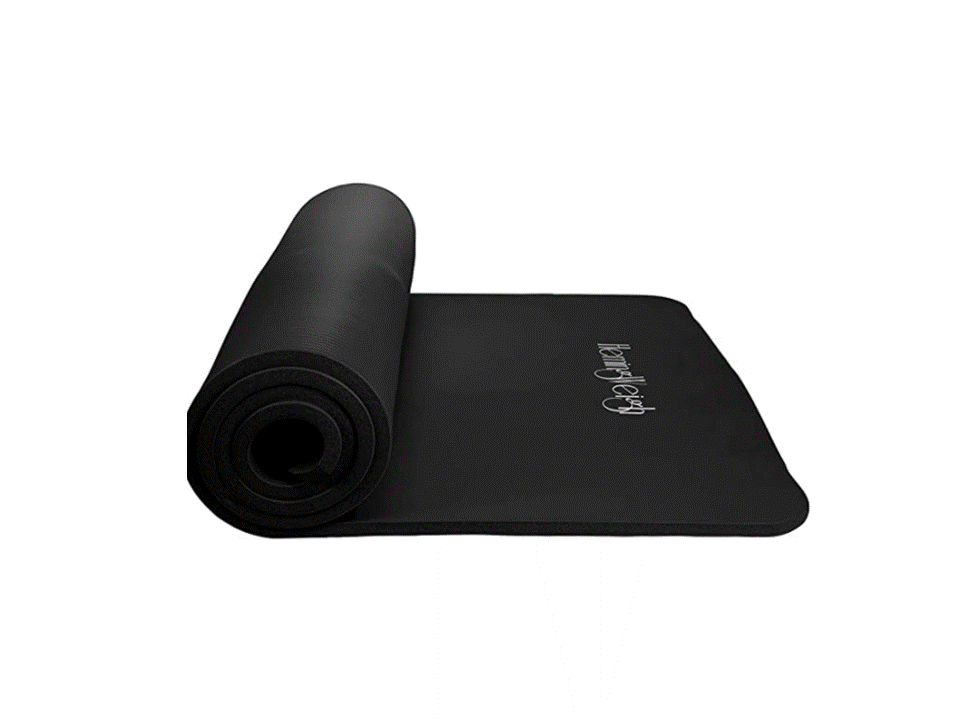
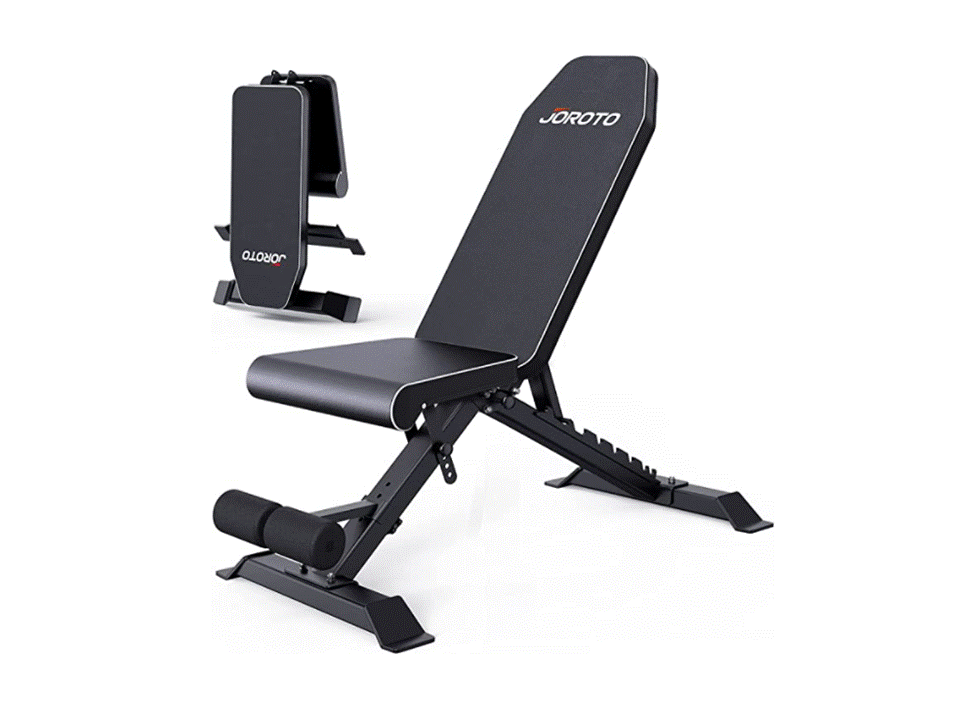













Comments